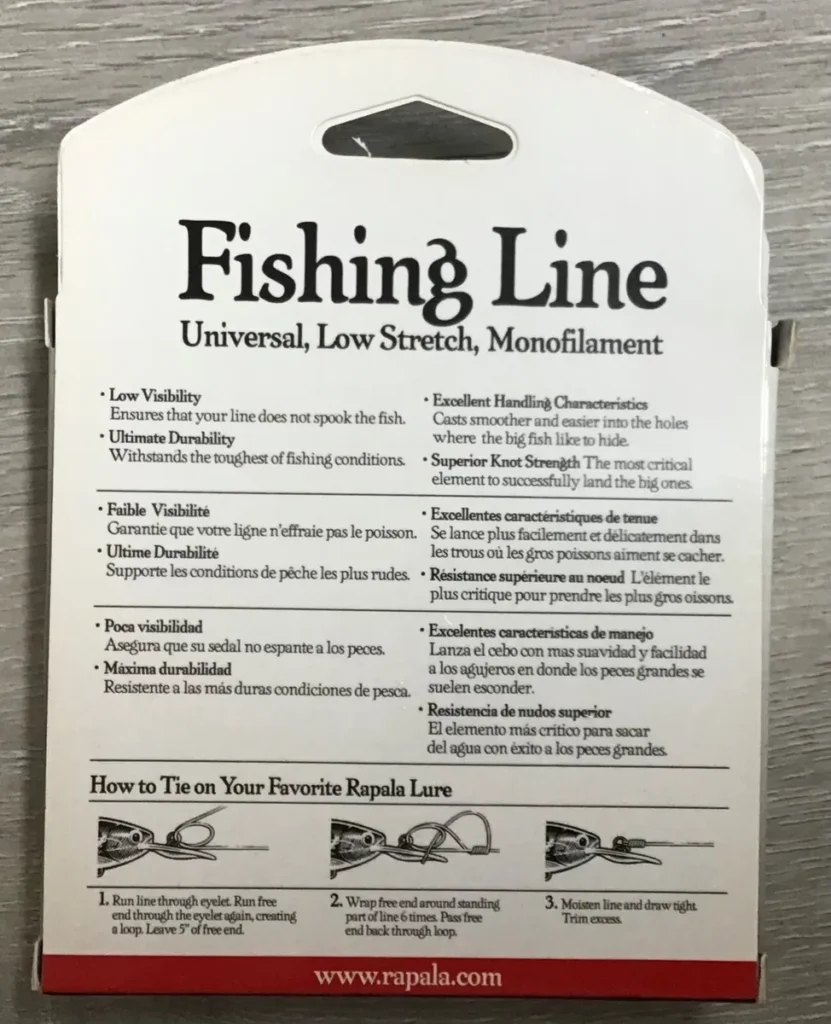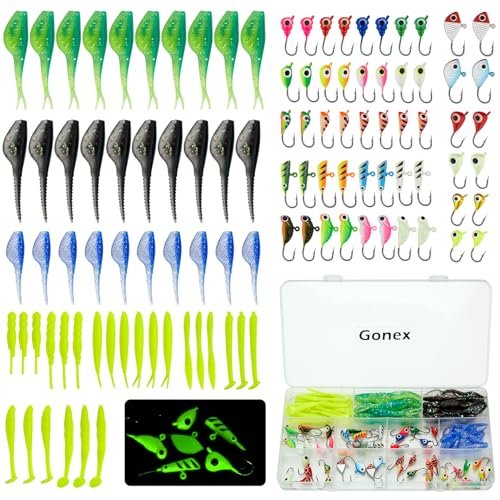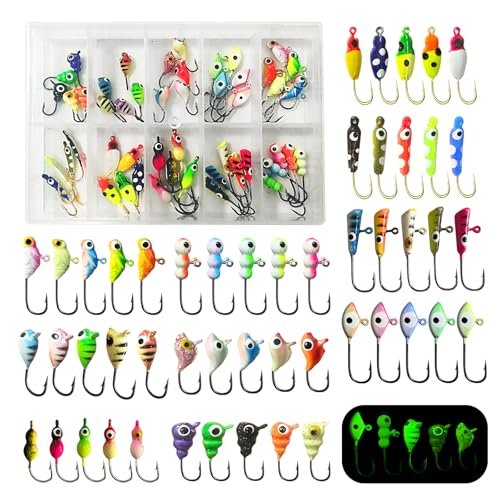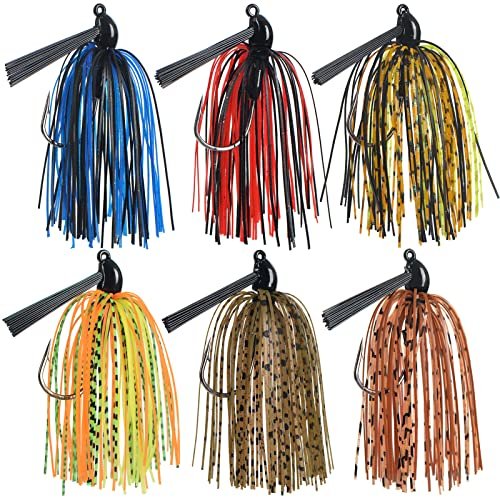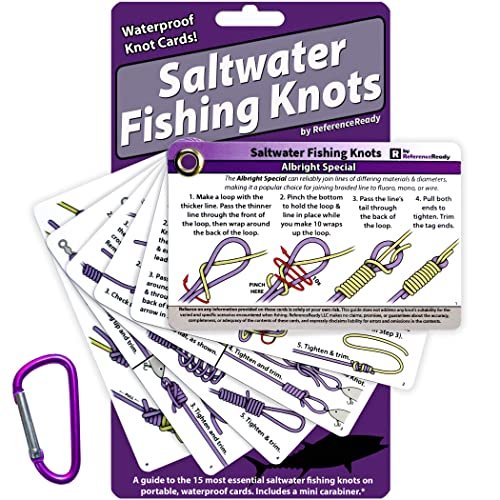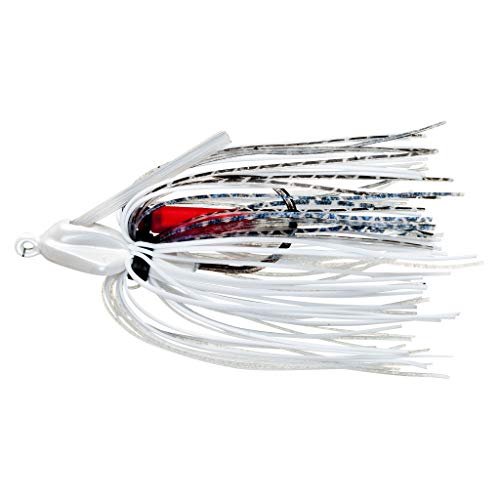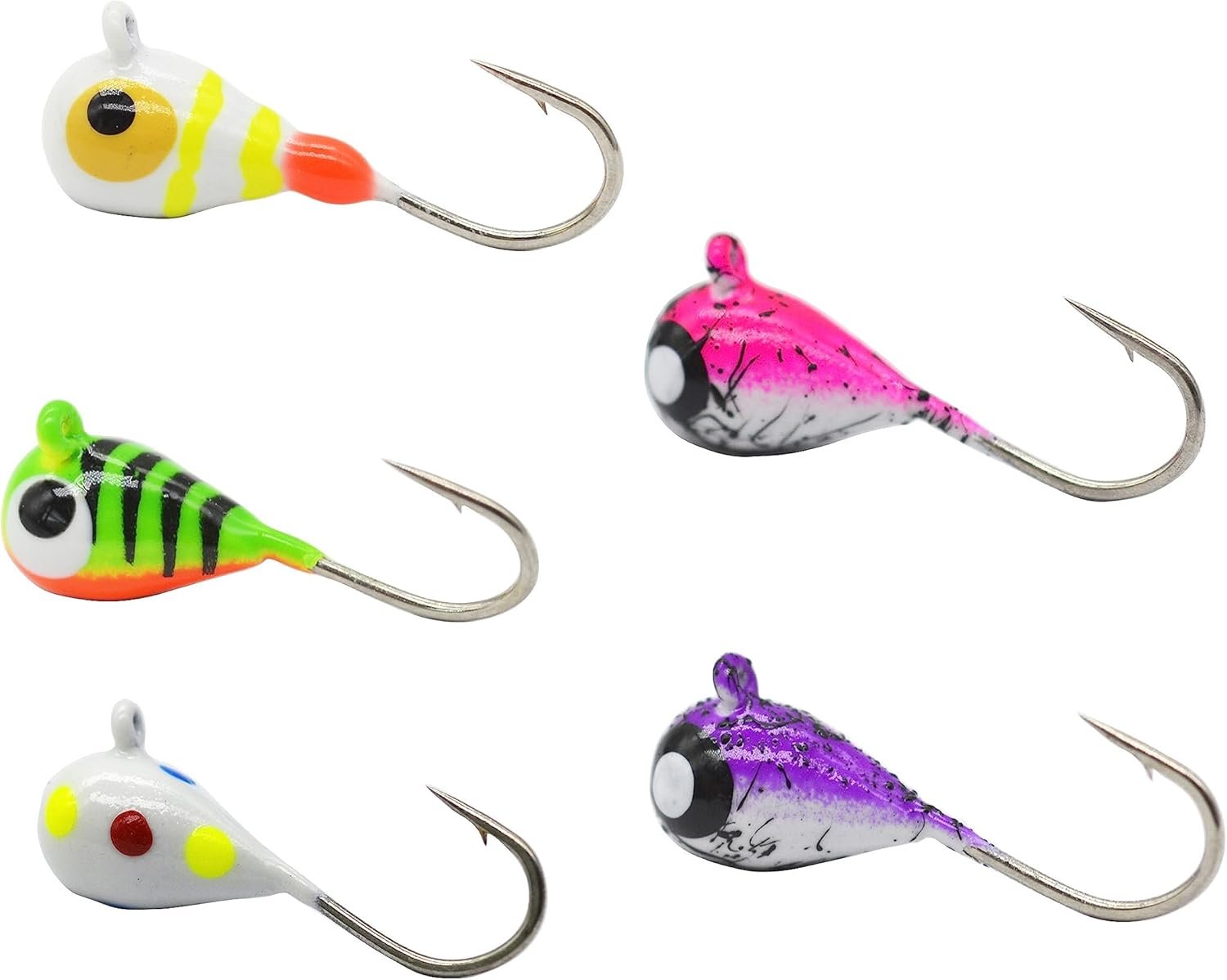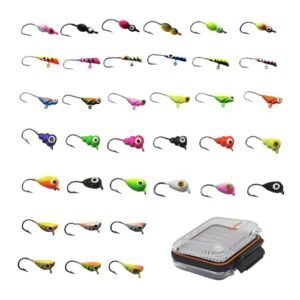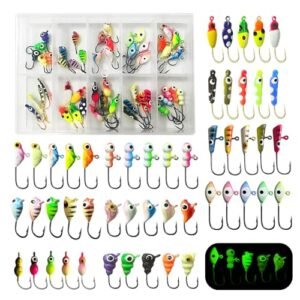Fishing enthusiasts often debate the impact of fishing line diameter on their success. Thicker lines offer strength but can be more visible underwater. This visibility can make fish wary and reduce your chances of a catch. Choosing the right fishing line involves balancing strength with subtlety.
Thinner lines are less noticeable and can increase bites, but they may not handle larger fish well. Understanding the behavior of your target fish and the conditions of your fishing environment helps in making the best choice. Select a line that offers both the necessary strength and minimal visibility to increase your fishing success.

Introduction To Fishing Line Visibility
Fishing line diameter plays a crucial role in visibility. Thicker lines are often more visible in the water. Fish might notice these lines, especially in clear water. This can make them wary and less likely to bite. Thinner lines blend better with the surroundings. This can make them less noticeable to fish. Fishermen often choose line diameter based on water clarity and target species.
Many anglers believe fish can see fishing lines. Studies show that fish vision varies by species and water conditions. Some fish might detect lines, especially in clear water. In murky water, lines are less visible. Fish rely on other senses too, like smell and vibration. While line visibility matters, it’s not the only factor. Choosing the right line can improve your fishing success.

The Science Of Fish Vision
Fish see differently than humans. Their eyes are adapted to their underwater world. They detect movement and changes in light. Colors appear different underwater. Fish can see some colors better than others. They rely on vision to find food and avoid predators. Clear water helps fish see better. Murky water makes it hard for fish to see. Fish use their other senses too.
Light behaves differently underwater. It bends or refracts. This changes how fish see objects. A bigger diameter fishing line might be more visible. Fish might notice it more easily. Light refraction makes things look larger. Fish might see the line as bigger than it is. This could spook them. Choosing the right line is important for fishing success.
Line Diameter: Does Size Matter?
Fishing lines come in different diameters. Thicker lines are stronger and can handle bigger fish. Thinner lines are less visible in water and may be better for catching shy fish. Both types have their uses. Choosing the right diameter depends on your fishing needs.
Fish can see thick fishing lines. This can make them avoid your bait. Thin lines are harder for fish to see. This might help you catch more fish. Some anglers believe thin lines are better. Others think fish don’t notice. It’s important to test different lines and see what works best.
Myths Surrounding Fishing Line Size
Many anglers worry that larger diameter fishing lines might scare fish away. Research shows fish often respond more to movement and shadows. Choosing the right line depends on water clarity and fish species.
Common Misconceptions
Many anglers think that a thicker fishing line will scare away fish. They believe fish can see the line and avoid it. This idea has spread widely among fishing communities.
Some think that thinner lines are always better. They assume thin lines are less visible and more likely to catch fish. But this is not always true. Fish behavior can vary.
Origin Of Line Diameter Myths
These myths started many years ago. Early fishermen used thick ropes. Fish might have seen these ropes and avoided them. Over time, the idea stuck. Modern lines are different.
Today’s fishing lines are made with advanced materials. Even thicker lines can be invisible underwater. The key is understanding fish behavior and water conditions.
The Influence Of Water Clarity
Water clarity significantly impacts whether fish are spooked by a larger diameter fishing line. Clear water makes thicker lines more visible, potentially scaring fish away.
Visibility In Different Conditions
Water clarity affects fish behavior. Clear water lets fish see better. Murky water hides things more. Fish can get scared by things they see. A thicker line can stand out in clear water. Fish might notice it and swim away. In murky water, fish may not see the line as easily. Choosing the right line is very important.
Choosing The Right Line For Clarity
Clear water needs a thinner line. Thinner lines are harder for fish to see. Murky water allows for thicker lines. Thicker lines are stronger and can handle bigger fish. Both types have their uses. Fishermen must decide based on water clarity. A balanced choice helps catch more fish.
Credit: www.amazon.com
Angler Experience And Line Choice
Experienced anglers often debate whether a larger diameter fishing line spooks fish. Some believe thicker lines reduce bites. Others argue that factors like water clarity and fish species play a bigger role.
Expert Opinions
Many experts believe that thicker lines can scare fish away. Fish have keen senses and can notice thick lines in the water. Clear lines are often preferred in these situations. Some experts use fluorocarbon lines because they are less visible underwater. It is always important to match the line with the type of fishing you are doing.
Personal Preferences In Fishing
Every angler has their own preferences. Some prefer stronger lines for bigger fish. Others like thinner lines for a more natural presentation. Trial and error helps many anglers find what works best. Comfort and confidence in your gear are key to a successful fishing experience.
Case Studies And Field Tests
Anglers tested different line sizes. They tried both small and large diameter lines. Some fish were caught using bigger lines. Other fish were caught using smaller lines. Each test was done in the same water.
Results showed mixed outcomes. Bigger lines sometimes scared fish. Smaller lines were often less noticeable. But, bigger lines caught larger fish. Smaller lines caught more fish overall. Fish behavior can change with water clarity. Clear water showed more line sensitivity. Murky water made line size less important. Fish species also played a role. Some fish were more cautious. Others didn’t mind the line size at all.
Best Practices For Selecting Fishing Line
Selecting the right fishing line diameter can significantly impact your success. Thicker lines may spook fish, especially in clear waters. For stealthier fishing, opt for a thinner diameter.
Considering Species And Environment
Different fish species react differently to fishing lines. Some fish are more sensitive and easily spooked. Clear waters make fish more cautious. A thinner line is less visible in such conditions. Choose a fishing line based on water clarity and fish behavior. In murky waters, fish may not notice a thicker line. Always consider the environment and the species you are targeting.
Balancing Diameter And Strength
A thicker line offers greater strength. It helps catch larger and stronger fish. But a thicker line can be more visible to fish. A thinner line is less visible but may not handle big fish well. Finding the right balance is key. Select a line that offers both invisibility and strength. The right choice depends on your fishing conditions and target fish.
Conclusion: Making An Informed Decision
Choosing the right fishing line diameter can influence your success. Larger diameters may spook fish in clear waters. Opt for thinner lines to increase your chances of a catch.
Summary Of Findings
Bigger diameter fishing lines can sometimes spook fish. Fish might see the line in clear water. Thicker lines can be more visible to fish. But, they are also stronger and less likely to break. Thinner lines are less visible but can break easier. The choice depends on the fishing conditions. Clear water needs a thin line. Murky water can use a thick line. Balance is key for successful fishing.
Future Perspectives In Fishing Line Technology
Fishing line technology keeps improving. New materials make lines thinner and stronger. Innovations help lines stay invisible to fish. Future lines may blend into the water better. Advanced coatings can make lines less shiny. These changes will help anglers catch more fish. The future looks bright for fishing line technology.
Frequently Asked Questions
Does Fishing Line Diameter Matter?
Yes, fishing line diameter matters. Thicker lines offer more strength but less sensitivity. Thinner lines improve casting distance and sensitivity. Choose based on your fishing needs.
Can Fishing Lines Be Too Big?
Yes, fishing lines can be too big. Oversized lines reduce casting distance and sensitivity, and may spook fish. Choose the right size for best results.
Is Thicker Fishing Line Better?
Thicker fishing line offers better strength and durability. It resists abrasion but may reduce casting distance. Choose based on fishing conditions.
How Big Of A Fish Can You Catch On 6lb Line?
You can typically catch fish up to 12 pounds on a 6lb line. Angler skill and drag settings matter.
Conclusion
Choosing the right fishing line diameter can affect your catch. Thinner lines are less visible to fish. Consider water clarity and fish species. Experiment with different diameters to find what works best. Understanding these factors can enhance your fishing success.
Always be adaptable and observant for optimal results.
